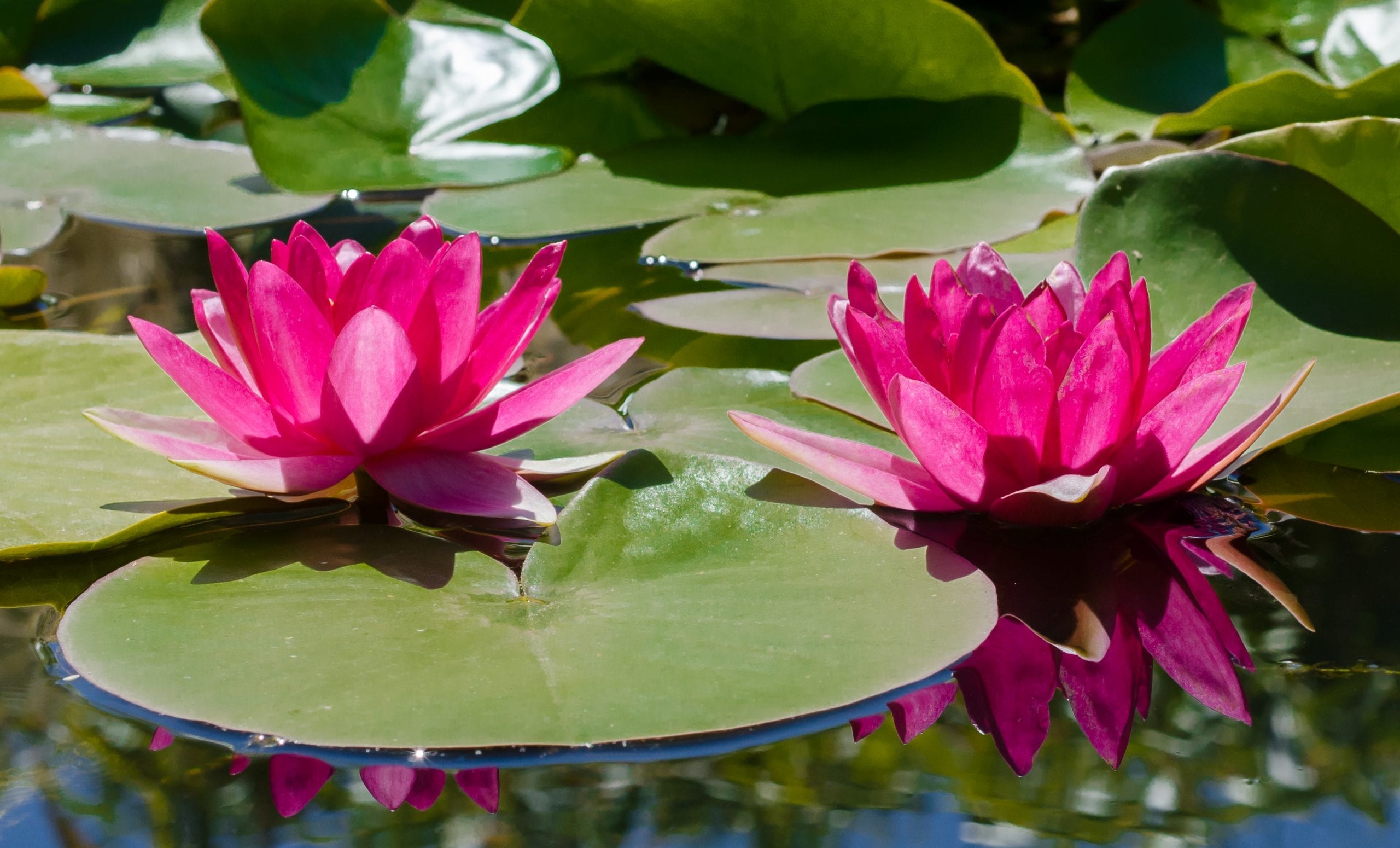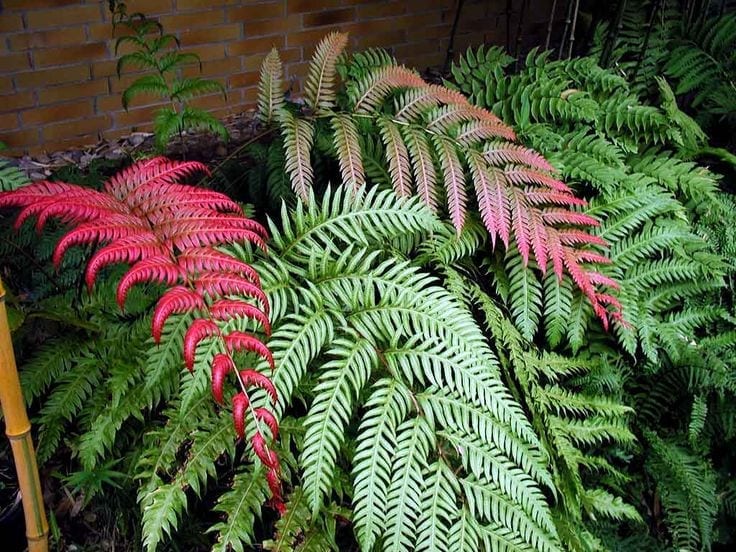Seeing and reading about beautifully landscaped gardens is an experience that drives impulsive gardeners to take up such subjects as a hobby. Once the interest is sparked off they pursue it with never-ending passion. It starts with layouts of the garden, the ornamental plants, the flower beds and the aquatic plants.
Contrary to the general belief that aquatic plants are difficult to grow, such plants are moderately priced and need little care or attention. Water adds a different dimension to the ambiance and has a special place in a landscaping project.
It should also be heartening to learn that it isn’t always necessary to have permanent cement pools or a large space to accommodate water-bodies to grow aquatic plants.One can create a miniature water garden even in a tiny plot of green, by using ready-made or prefabricated pools.
It is also not unbecoming to use large old wooden barrels or casks cut in halves, throw-away wooden tubs or discarded porcelain bath tubs. Galvanized tanks are also ideal. However artificial pools require careful maintenance.
The rim of the artificial tubs should be kept a few inches above ground level to prevent surface water from coming in and the rim may be covered with small stones or pebbles on short plants to disguise the edge.Among the very famous are Indian lotus and water-lily.
These plants are natives of India and suitable for growing in large water pools. The flowers are large and white in colour and pink or red at the base of the petals. In some varieties, the flowers are pure white or amaranth red in colour.
Both Indian lotus (Nelumbonucifera) and water-lily (Nymphaea) are propagated by division of tubers. The common method of planting them in a filled pool is to put them in a basket or a tub or in any pool with a mixture of soil and compost or well-rotted cow dung manure and then placing the basket in the pool in such a way that the crown of the plant is just above the surface of water.
One can stand the basket on some bricks for a few days and gradually immerse the basket as soon as new growth appears on the plant. There is a no need to change the water regularly in these tubs. It can be changed by siphoning or by bailing out the water only once or twice a year.
Due to extreme evaporation in summers, one may have to add water. An application of a neem based pesticide every three months would be deemed proper for a healthy and vigorous growth of these water plants.A water garden is rewarding with less aftercare and one which creates a lot of beauty.
It draws a person closer to nature. Besides the water plants, one or two oxygenators or aerating plants can also be grown as they complement the goldfish which are generally put in the pool. These submerged plants help to maintain the natural biological balance important for the mutual existence of plant life and fish.
And goldfish check the growth of mosquitoes in the pool as they eat the eggs and the larvae. Several hybrids can be produced by crossing different species, resulting in exquisite blooms and attractive foliage. Money plant, spider grass and Zebrina pendula are other attractive plants that can adorn the edges.
Victoria regia and lotus however are known to thrive deep water and spread widely. The planting of water plants can be done at any time. Avoid overcrowding. Grow these plants in a glass bowl and keep them on a window sill. You can get them in for parties. A little pit in the backyard can be converted into a pool by lining it with polythene and fixing it firmly around the edges.




Be the first to comment on "Aquatic plants for your garden"